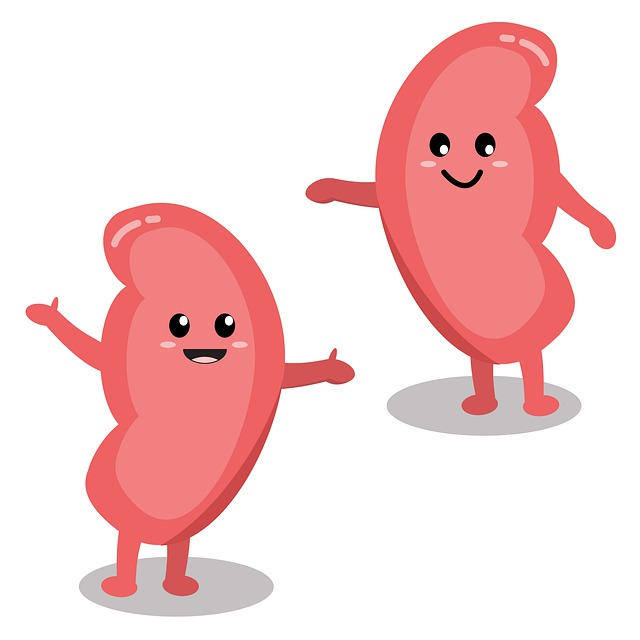
When you have kidney disease, it's important to be mindful of the foods you eat. That includes making sure you're getting enough nutrients, but also avoiding foods that could put strain on your kidneys. Bread is a common staple in many people's diet, so finding bread recipes that are safe for people with chronic kidney disease recipes can be a challenge. But don't worry, we've got you covered! Here are some delicious and nutritious bread recipes for those with kidney disease. Enjoy!
For those with kidney disease, it's important to avoid bread with too much sodium, potassium, and phosphorus
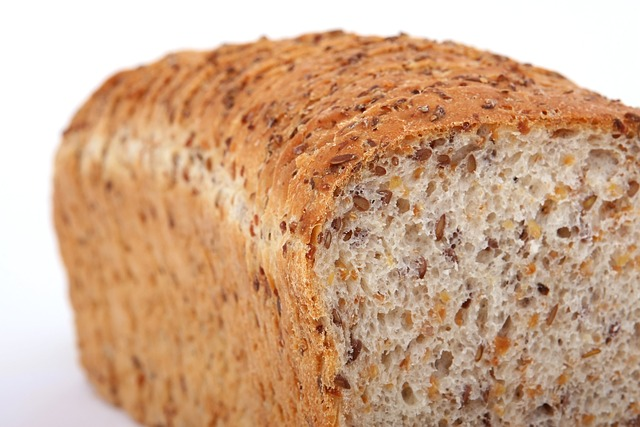
Individuals with chronic kidney disease may need to monitor their intake of potassium, phosphorus, and sodium. There are many bread recipes that fit this dietary requirement, allowing them to enjoy bread while still sticking to their health conditions. For example, wheat bread can be a great choice as it is low in all three components and is readily available in stores.
However, if you're looking for something a bit more special then you can easily make bread at home. These recipes usually contain minimal amounts of potassium, phosphorus, and sodium which makes them ideal for patients with kidney disease. With these bread recipes you can benefit from both delicious flavors and a diet beneficial for your kidney health!
Making your own bread at home means you can control what goes into it
If you or someone you know has kidney disease, it is important to make dietary changes including limiting the amount of white bread consumed. While your options might seem limited, making your own kidney-friendly whole wheat bread at home can let you enjoy some of the food items you loved before being diagnosed with kidney disease.
This recipe calls for plenty of whole grain ingredients combined in just the right way to create a delicious and healthy whole grain bread loaf that won't aggravate kidney disease symptoms. This simple yet customizable process yields perfect results each time, allowing everyone to experience the joy of baking and eating their bread.
Recipes
Wheat and oat bread with olive oil

Ingredients
3/4 cup warm water
1/2 teaspoon active dry yeast
1 1/2 cup whole wheat flour
1/2 cup rolled oats
1/2 cup oat bran
1/2 cup wheat germ
1 tablespoon olive oil
2 tablespoons honey
1/8 teaspoon baking soda
1/4 teaspoon baking powder
A pinch of ground black pepper
Instructions
In a large bowl, combine the warm water and yeast and let it sit for 10 minutes.
In a separate bowl, mix together the whole wheat flour, rolled oats, oat bran, wheat germ, olive oil, honey, baking soda, baking powder, and pepper.
Add the dry ingredients to the yeast mixture and stir until it forms a dough.
Turn the dough out onto a lightly floured surface and knead for 5 minutes.
Place the dough into a greased bowl and cover with a damp towel. Let it rise for 1 hour.
Preheat the oven to 350 degrees F.
Place the dough onto a greased baking sheet and shape it into a round loaf.
Bake for 40 minutes or until golden brown.
Let cool before slicing. Enjoy!
Lightly sweet bread with dried fruit
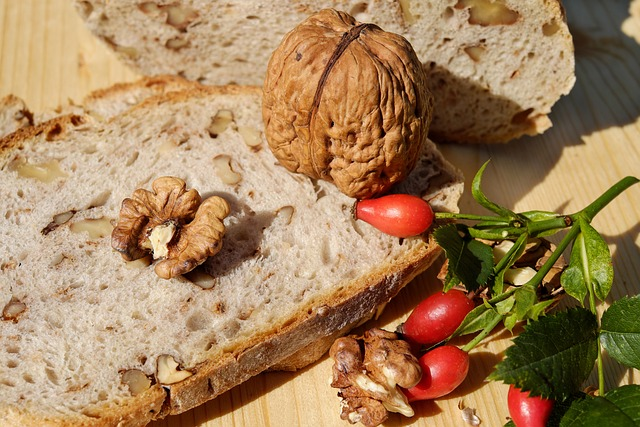
Ingredients
1 cup whole wheat flour
1 cup oat flour
1 teaspoon baking powder
1 teaspoon baking soda
1/8 teaspoon ground cinnamon
1/4 teaspoon ground nutmeg
1/4 cup honey
1/4 cup vegetable oil
1 cup buttermilk
1/4 teaspoon black pepper
1/4 cup dried cranberries
1/4 cup chopped walnuts
Instructions
Preheat oven to 350°F. Grease and flour a loaf pan.
In a large bowl, whisk together the whole wheat flour, oat flour, baking powder, baking soda, cinnamon, and nutmeg.
In a separate bowl, whisk together the honey, vegetable oil, and buttermilk.
Add the wet ingredients to the dry ingredients and stir until just combined.
Fold in the garlic powder, black pepper, dried cranberries, and chopped walnuts.
Pour the batter into the prepared loaf pan and bake for 35 to 40 minutes, or until a toothpick inserted into the center comes out clean.
Salt is often used to make bread more flavorful, but there are many ways to add flavor without the added sodium
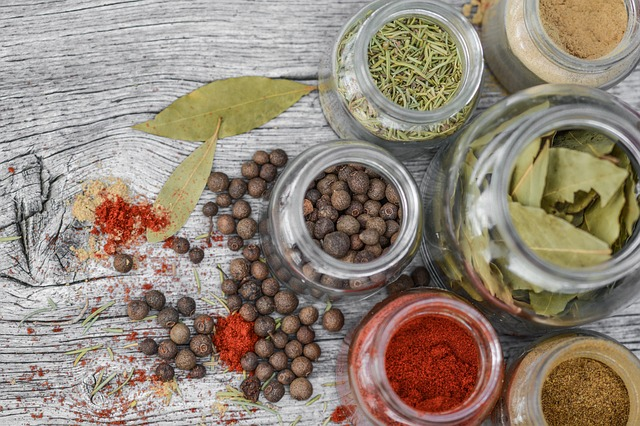
For those on kidney-friendly diets, it can be difficult to find ways of making your food more flavorful without adding unhealthy foods like salt or sugar. Fortunately, there are some simple and tasty alternatives you can try in order to make your bread more palatable. Consider trading out regular white flour for whole wheat flour and including grains like brown rice or quinoa.
If you want to add a touch of sweetness, try substituting mashed sweet potatoes or applesauce for oil or butter. For extra flavor and nutrients, you can also try adding chopped nuts, dried fruit, fresh herbs, garlic powder, or shredded cheese. With these additions to your recipe - as well as healthy options for condiments - your kidney-friendly bread will still be delicious and creative!
Overall, whole grain bread is a healthier alternative to white bread
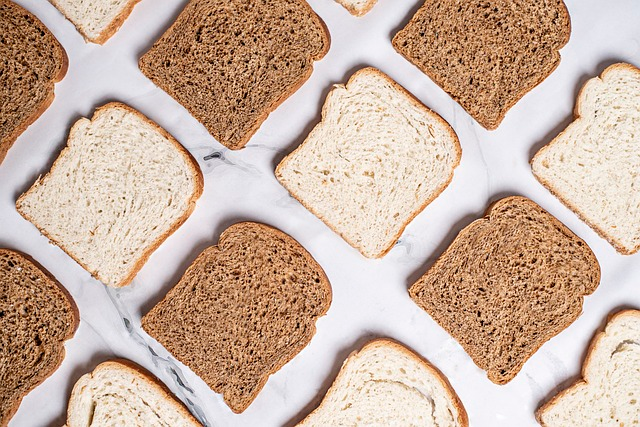
Eating whole wheat bread can provide more health benefits than white bread or other types of breads. White bread is made with refined flour, which means much of the fiber and other important nutrients have been removed during processing. Whole wheat bread has more bran, offering significantly more fiber than white bread, which aids in digestion. Sprouted grain breads and rye bread are even higher sources of fiber, but they are usually harder to find in stores.
Eating a diet high in fiber helps maintain a healthy weight and reduce the risk of chronic diseases such as heart disease, diabetes, or even certain types of cancer. So overall, snacking on a piece of whole wheat toast can improve your well-being over white or other types of store-bought breads.
If you are looking for kidney-friendly recipes and cooking tips, kidney healthcare professionals have a wealth of information available to help

People with kidney disease will benefit from following a renal diet, which is designed to help promote kidney health. A renal diet focuses on foods that are low in sodium and phosphorus, two substances that need to be monitored carefully when someone has kidney disease. For those looking for simple ways to cook kidney-friendly meals at home, there are many online sources offering recipes and nutritional advice, such as the National Kidney Foundation or Renal Support Network. By consulting these resources people with kidney diseases can manage their diets and tailor them to fit their individual needs more easily.
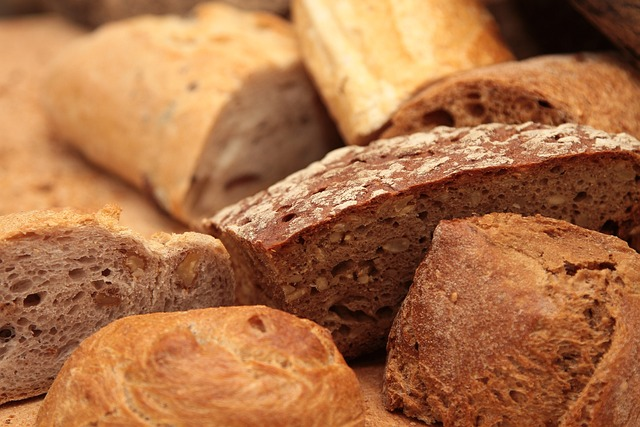
Although eating bread is often discouraged for those with kidney disease, there are ways to enjoy it without damaging your health. These recipes for whole grain bread are low in sodium, potassium, and phosphorus, making them perfect for people with kidney disease. And by following a few simple tips, you can make the bread more flavorful without adding any unhealthy ingredients. So if you're looking for a delicious and nutritious way to satisfy your cravings, give one of these recipes a try. Will you be trying these whole grain bread recipes? Let us know in the comments below!
This article may contain affiliate links. Consult your physician before beginning any new diet or exercise regimen.
Comments
Post a Comment